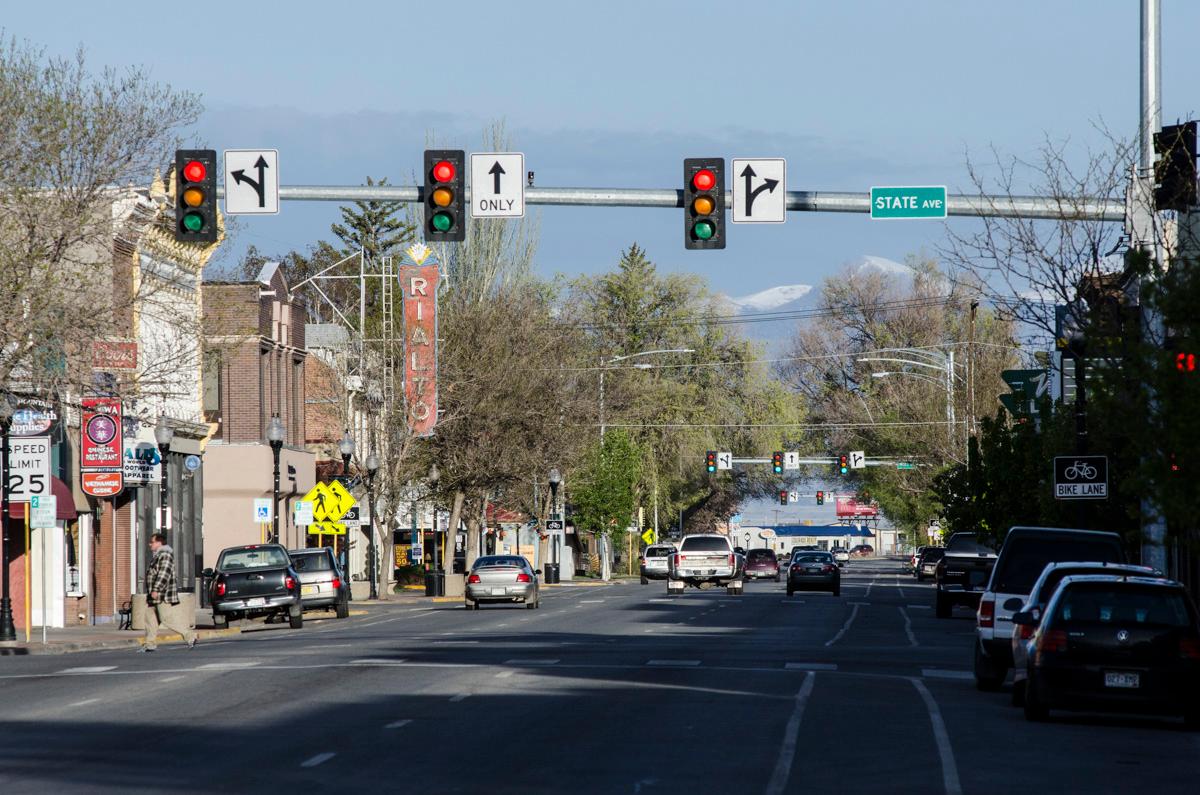
New data released by the U.S. Census Bureau on Thursday shows Colorado’s population is continuing to grow. The same is true for the southeastern part of the state. But there are nuances hidden in those metrics.
With more than 740,000 residents as of last summer, El Paso County remains the most populous in the state. It’s one of just two counties in the southeast region where births outpaced deaths during the last couple of years. The other is much smaller Alamosa County, with a population of nearly 16,600. Additionally, both counties had more people moving there rather than leaving during that time frame, too.
For other counties in the region, deaths outstripped births. But only five southeastern Colorado counties saw their populations shrink between 2021 and 2022 because not enough people moved to these places to balance out the low birth-to-high death ratios. For example, Pueblo County, southeastern Colorado's second most populous at nearly 170,000 people, grew slightly, due to people moving in.
Meanwhile, rural Custer County had one of the biggest percentage increases in the state, bested only by tiny San Juan County in the Four Corners region. Custer grew by 632 people during the two years ending last summer, resulting in a 13.4 percent increase over two years. Nearly all that growth was due to people moving there, bringing the county’s population to 5,335 in the summer of 2022. San Juan County added 100 people to reach a total of 803 in the same time period.
Crowley County had the largest percentage loss of population in the region and was second statewide for this number.
In northern New Mexico, the population of Colfax County has also shrunk slightly during the last two years due to lower birth rates compared to deaths.
Editor's Note: This post has been updated to add more information about San Juan County
Related coverage
- Southern Colorado Sees Population Growth In El Paso County, Decreases In Most Plains Counties
- Most Southern Colorado Counties Have Fewer Available Housing Units Than 10 Years Ago
- Colorado Springs leaders look to the future through the lens of an aging population, education and affordable housing
- Remote work and older people moving in helped drive population growth in San Luis Valley and Eastern Plains








